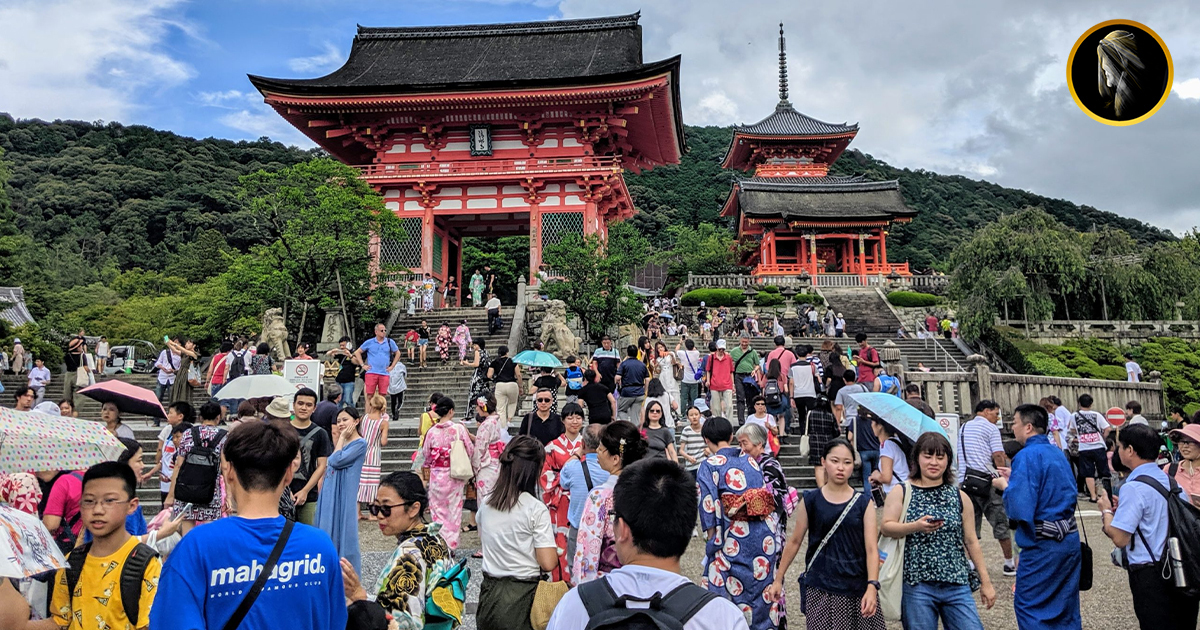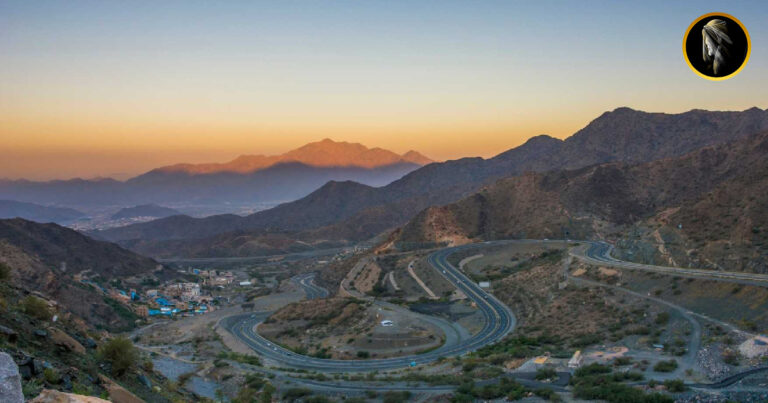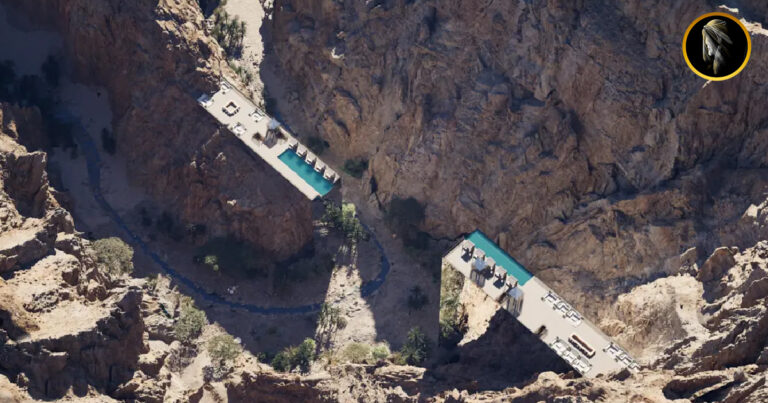The Growing Tourism Pressure on Japan’s Mount Fuji
Amidst a drizzly Saturday, a continuous stream of tour buses unloads hordes of casually dressed foreign tourists at the base of Japan’s revered Mount Fuji. What was once a sacred and cherished site for the Japanese has now taken on the semblance of a theme park, thanks to a recent surge in tourism. This surge, while lucrative, has raised alarm among authorities who are contemplating drastic measures to curb the influx, including the construction of a tram system for mountain access.
Mount Fuji, spanning Yamanashi and Shizuoka prefectures in eastern Japan, has always been a beloved destination for both local and international tourists. However, the recent influx of tourists has brought about environmental degradation and excessive pollution, leading officials to question the sustainability of this trend. Masatake Izumi, a Yamanashi prefecture official, expressed serious concerns during a media tour, warning that “Fuji faces a real crisis.” He fears that unless immediate action is taken, Mount Fuji may lose its allure, deterring future climbers.
A decade ago, Mount Fuji was honored as a UNESCO World Heritage site, further bolstering its appeal. Yet, this distinction came with strict conditions, including the reduction of overcrowding, mitigating environmental harm, and rectifying man-made changes to the landscape, such as expansive parking lots catering to tourists. Unfortunately, overcrowding has only intensified, with the largest base station, known as “Subaru,” experiencing a 50% surge in visitors compared to 2013.
Despite the diligent efforts of janitors, local businesses, and volunteers in maintaining cleanliness, social media is flooded with complaints of unsanitary restrooms and litter strewn along the mountain’s trails. Izumi worries that the International Council on Monuments and Sites (ICOMOS), an advisory body to the World Heritage Committee, may soon demand updates.
Another pressing issue is the rise of “bullet climbing,” where climbers aim to ascend and descend Japan’s tallest peak within a single day. Authorities report a significant increase in rescue requests, totaling 61 this year, a 50% rise from the previous year. Non-Japanese tourists make up a quarter of these requests, often ill-prepared and suffering from hypothermia or altitude sickness.
Local visitors like Jun Shibazaki acknowledge that restrictions may become a necessity. “Any Japanese person would want to climb Mt. Fuji at least once in their life,” Shibazaki remarks. “But it’s so crowded. Limited entry might be something we have to live with.”
As the mounting tourism pressure on Mount Fuji raises serious concerns and challenges, authorities are grappling with the delicate task of preserving the natural beauty of this iconic mountain while accommodating the desires of visitors from around the world.









